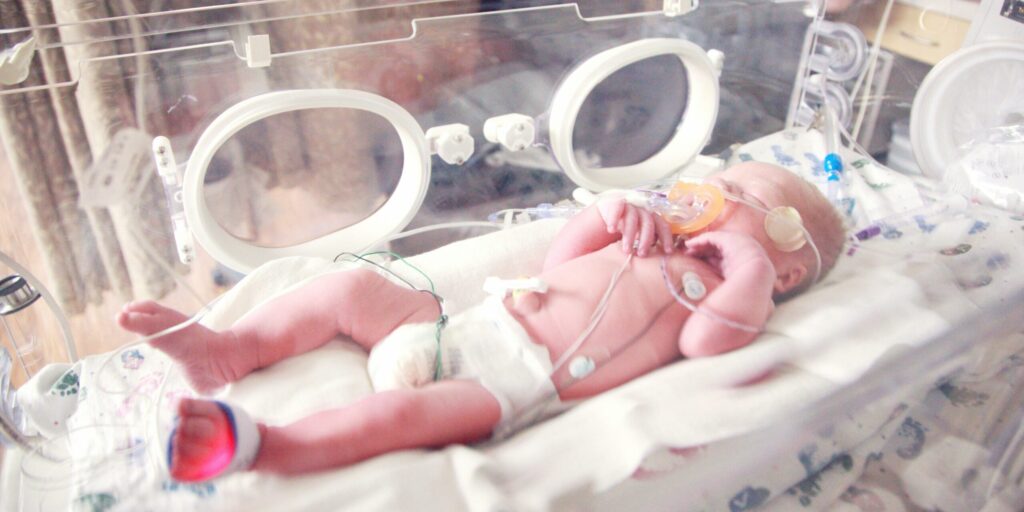Boston, Massachusetts, August 1, 2025 – In what may be a defining moment for precision medicine, an infant with a life-threatening genetic disorder was saved using a bespoke CRISPR-based gene-editing therapy tailored specifically to his unique mutation. The case, published on August 1 in Science News, underscores both the transformative potential of individualized gene editing and the significant challenges that remain in bringing such treatments to broader use.
Doctors at the Children’s Hospital of Philadelphia in collaboration with researchers at Penn Medicine treated the baby, known publicly as KJ, who was born with carbamoyl phosphate synthetase 1 (CPS1) deficiency. This ultra-rare metabolic disorder disrupts the urea cycle, preventing the liver from converting toxic ammonia into urea for elimination. Infants with this condition often suffer brain damage or death in their early months. KJ’s specific CPS1 mutation was identified at birth and the medical team developed a personalized base-editing CRISPR therapy to correct that exact genetic error. Delivered through lipid nanoparticle infusions between six and eight months of age, the treatment halted disease progression and enabled KJ to tolerate more dietary protein, reduce reliance on nitrogen-scavenger drugs, and reach developmental milestones such as sitting up and rolling over—all signs of growing health and resilience.
By June 3, 2025, after spending nearly 10 months in the hospital on a strict low-protein diet and medication, KJ was discharged home. His recovery continues, with no serious side effects reported so far.
Read Also: https://atoztimes.com/breakthrough-in-gene-editing-offers-new-hope-for-genetic-diseases/
This success marks the first known case of a CRISPR therapy built for a single patient. Unlike prior CRISPR treatments, such as those approved for sickle cell disease and beta thalassemia, which target common mutations across many patients, this therapy was custom-designed for KJ’s distinct genetic profile. The work moved from diagnosis to treatment in just six months—a speed usually unheard of in standard drug development. Researchers involved say this sets a new model for precision medicine, especially for rare genetic diseases traditionally overlooked by pharmaceutical companies due to small patient populations.
Yet experts emphasize that it remains too early to call the therapy a cure. Dr. Rebecca Ahrens‑Nicklas, a CHOP pediatrician and lead clinician on the case, cautions that long-term monitoring is essential and that more data is still needed to understand the durability of the genome correction. The therapy’s design is so personalized that it is unlikely to be reused for another patient, raising concerns about scalability and cost. Developing such bespoke interventions involves complex logistics—from genome sequencing and base editor design to manufacturing and safety testing—requiring substantial time and financial resources even for a single case.
Current regulatory frameworks and reimbursement models are not yet equipped to support patient‑specific treatments. FDA authorization for such individualized therapeutics involves case-by-case review, and there is no clear pathway yet for insurance coverage or public funding of these one-off therapies. Gene therapy platforms like this hinge on components reusable across patients, but the infrastructure—from skilled workforce to institutional support—remains nascent.
Despite these constraints, the research signals hope for an emerging class of precision cures. Backed by federal support, the team envisions that the same platform could be adapted for a wide range of other rare genetic conditions. The goal is to compress the timeframe from mutation identification to treatment to a matter of months. They believe progress in this field over the next five to ten years could unlock transformative possibilities for patients with ultra‑rare disorders.
Ethical considerations remain central to the debate. Because the therapy targets only non-reproductive (somatic) cells, the genetic edits do not pass on to future generations. This aligns with existing consensus prohibitions against germline editing. But critics of embryo editing caution that even highly targeted somatic therapies must be governed by rigorous oversight, transparency, and equitable patient selection to avoid exacerbating disparities.
KJ’s case also highlights broader questions about fairness and access in medical innovation. Only families with access to top-tier academic medical centers and research networks are likely to benefit initially. Lower-income individuals or those in underserved regions may be left behind. Advocates emphasize a need to build infrastructure and partnerships to widen access and support diverse patient recruitment.
Looking ahead, scalable adoption of patient-customized gene editing will require coordinated investment in regulatory pathways, clinical infrastructure, ethical review mechanisms, and manufacturing processes. Collaborative efforts, including government agencies, academic research centers, biotech startups, and patient advocacy groups, are essential to lay the groundwork for treating dozens or even hundreds of targetable mutations across rare diseases.
In the meantime, KJ Muldoon’s story stands as a remarkable proof of principle: a child’s life saved by precision medicine that adjusts at the single-letter level. The case offers a powerful testament to how science and care can converge in deeply personal ways—and how, even amid formidable obstacles, the promise of CRISPR is beginning to take shape for patients who once had none.


